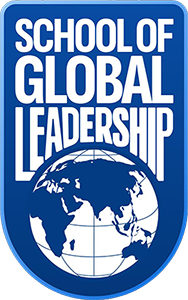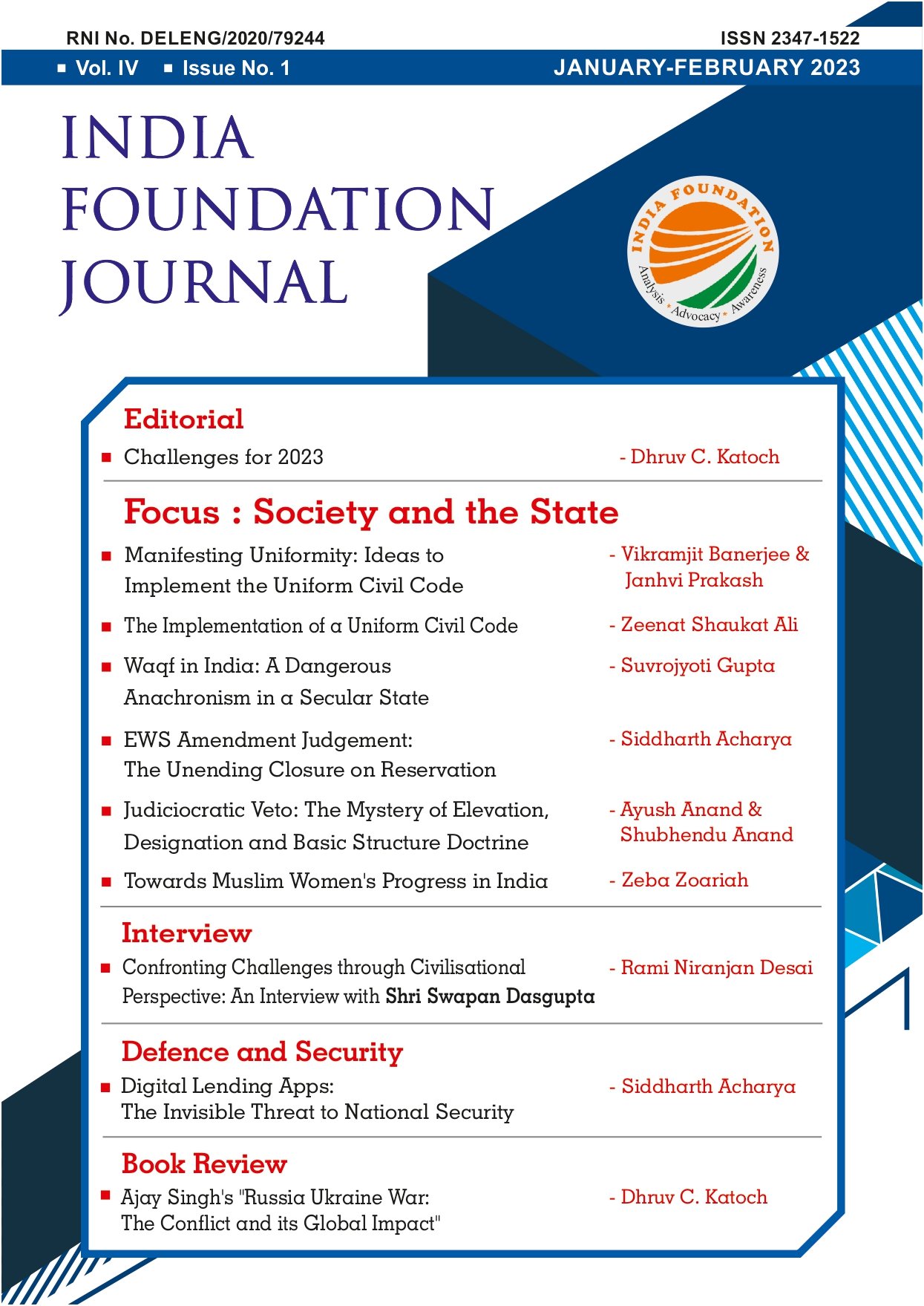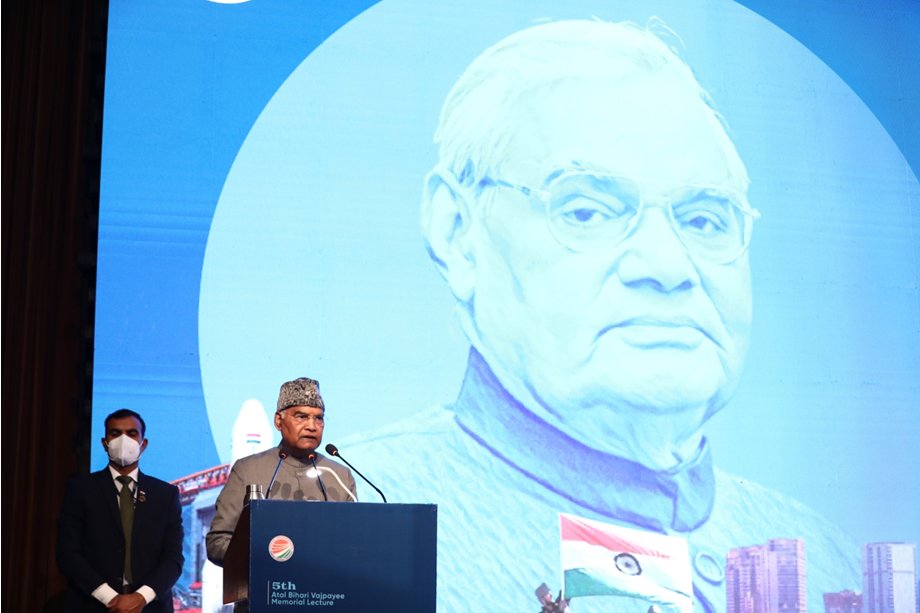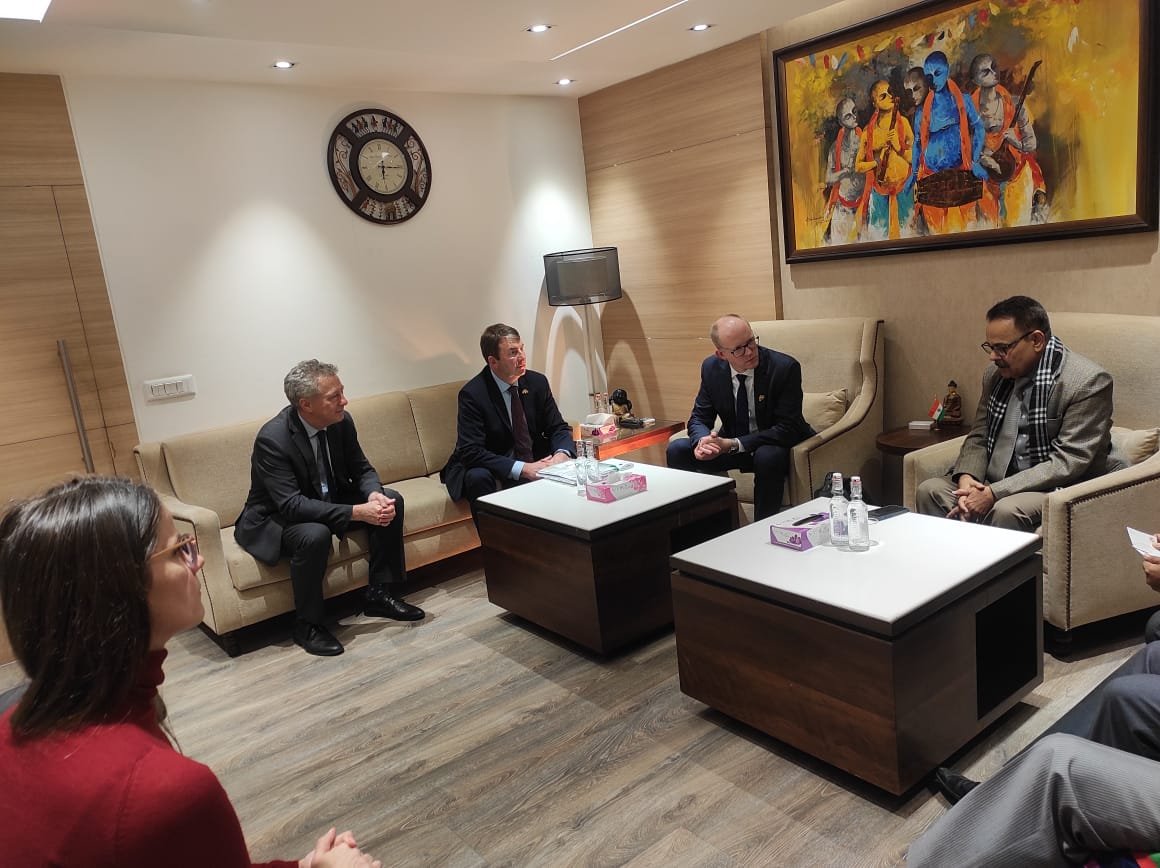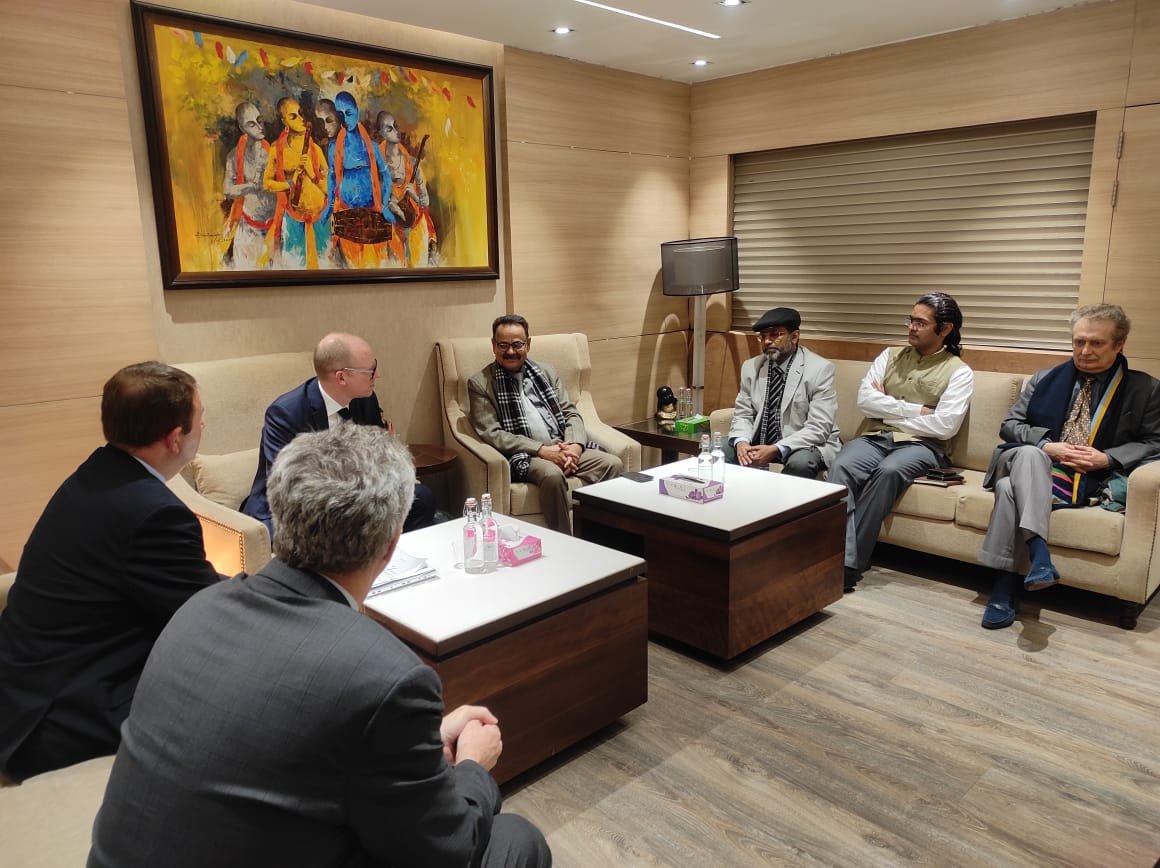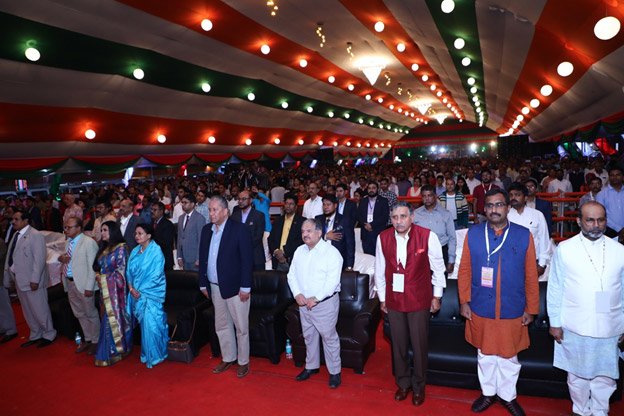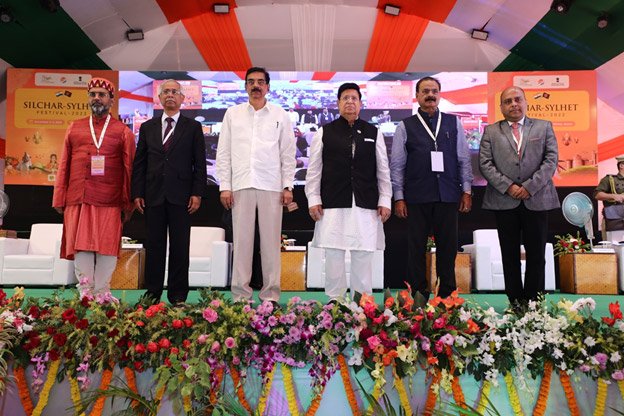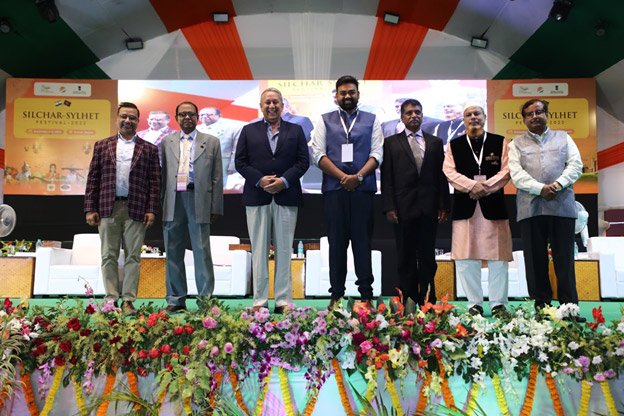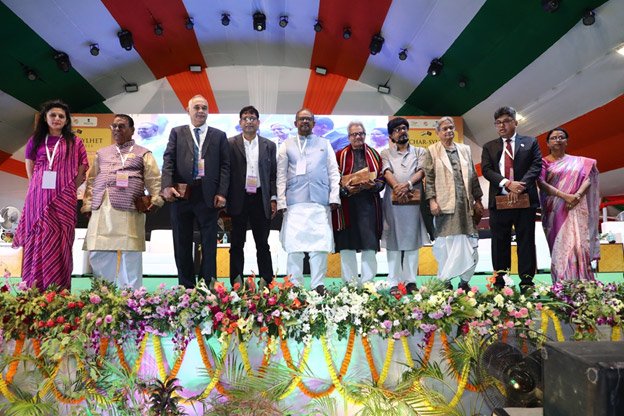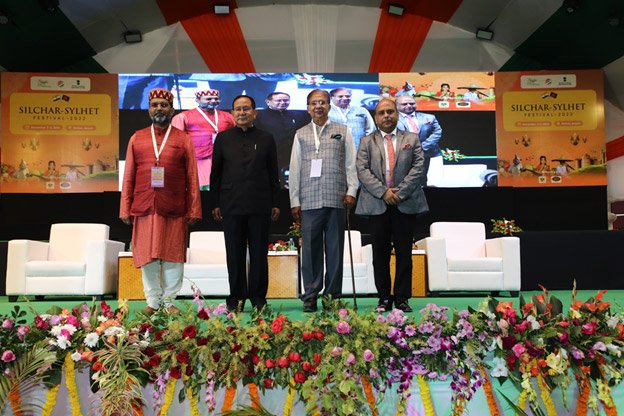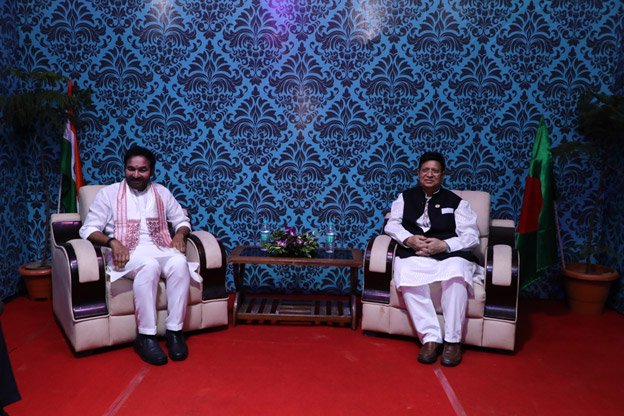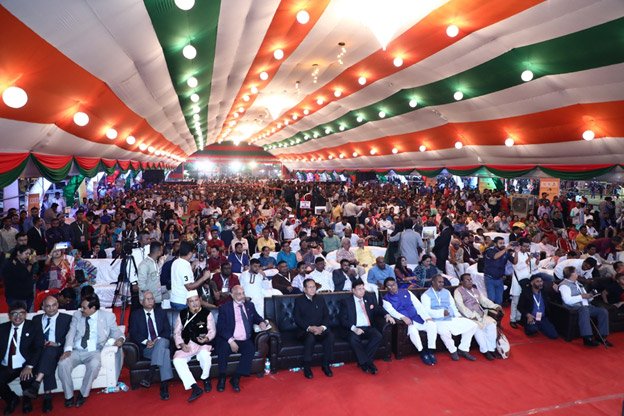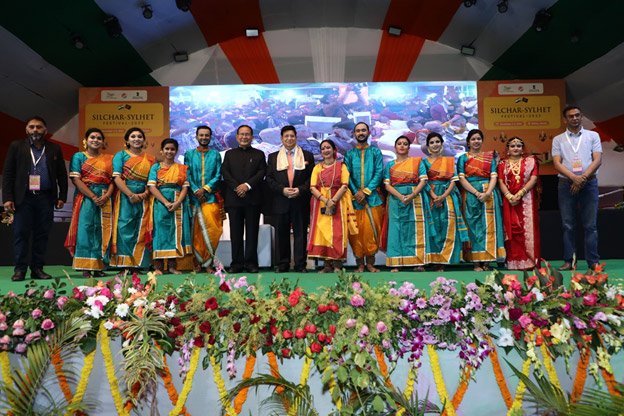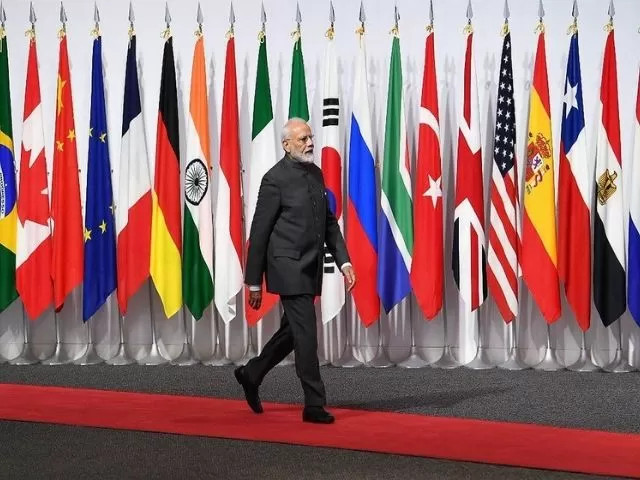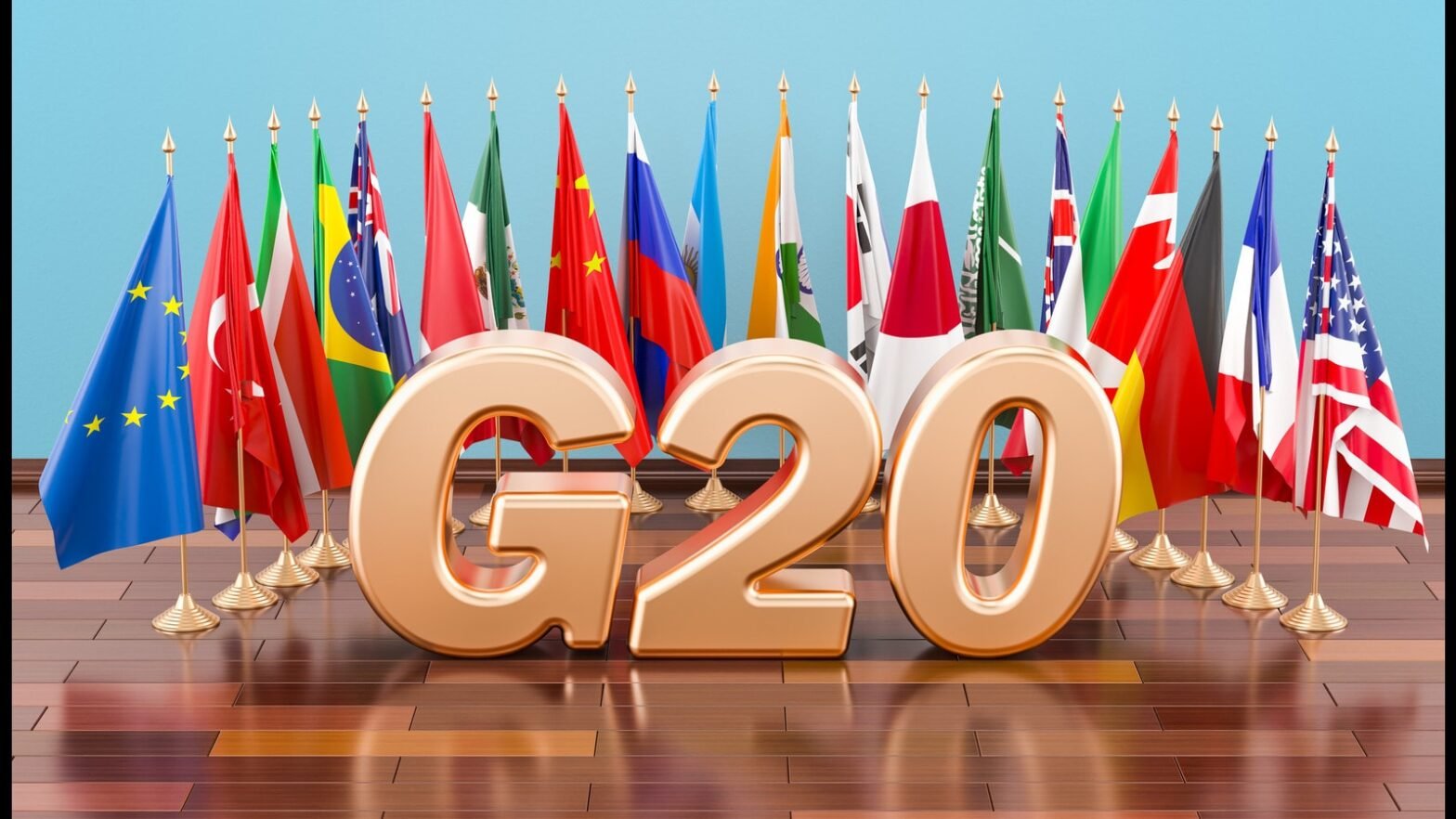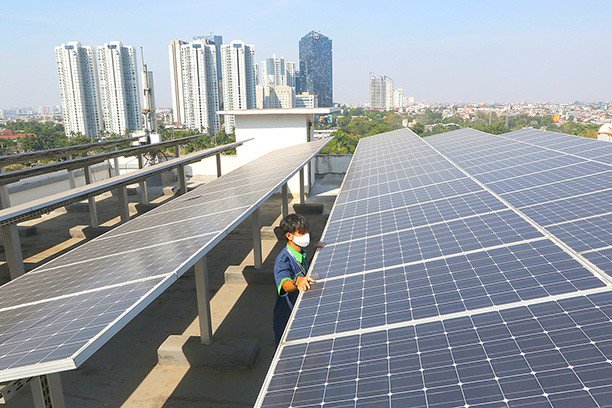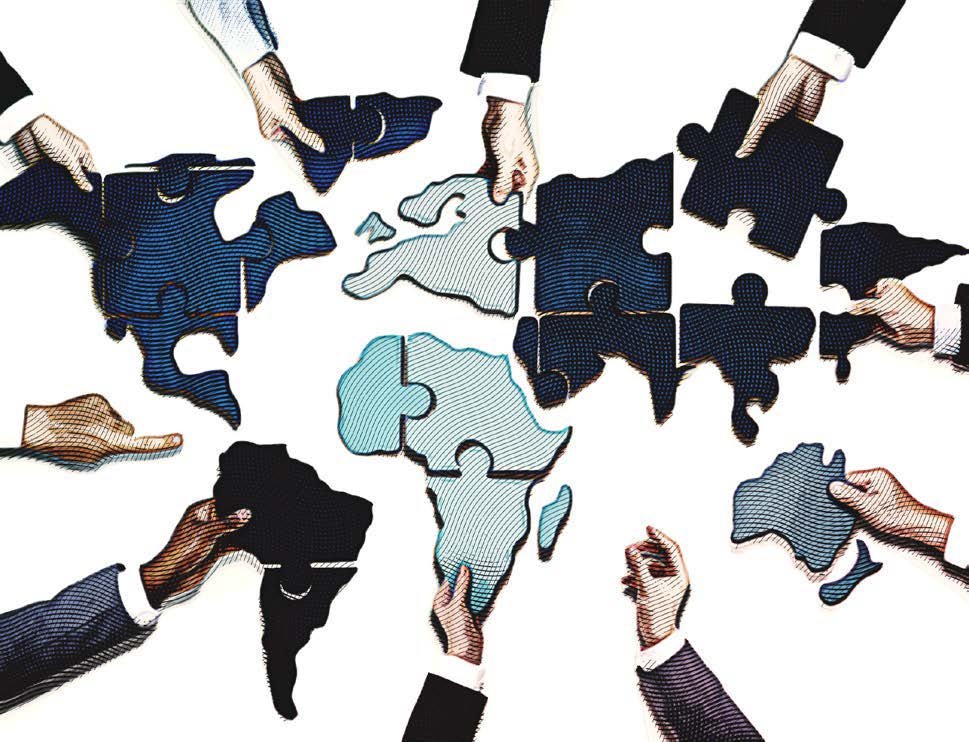Rami Desai: Let me begin by asking you about the civilisation state. What does it mean and what in your opinion does it really entail?
Swapan Dasgupta: Well, you see, I think India is a very unique case. The normal yardsticks by which people measure a nation state, you know commonality of either faith, language, ethnicity and things like that, somehow don’t work and it hasn’t worked in the case of India. The usual Treaty of Westphalia model is not applicable in the case of India. What makes India and what binds it together is a form of culture. Now, culture is sometimes very difficult to define. Why is it that one part of India feels attracted to another part of India? I would put it that India is not a nation state in that sense but a civilisational state, bound by a sense of oneness, bound by emotional bonding. It’s very difficult sometimes to define it. Some people have called it ‘sacred geography’, some people have called it something else, but whatever it is, I think, a civilisational state does epitomise this thing where a lot of people live together in harmony. You know, it used to be said, India is as much a nation as the equator. The reason why people didn’t quite get the hang of it is because they never thought that culture or civilisation and the commonalities of that, could actually be the basis on which a nation state can be built. India has demonstrated that.
Rami Desai: So, as it becomes more popular where people are talking about the civilisational state, what changes in society as one comes to accept this terminology?
Swapan Dasgupta: Nothing changes in society, society evolves. And in India what has happened is, the mere fact that there has been a greater degree of communication, there has been a unifying feature of the markets, etc. It appears now, that on top of the civilisational state, some other form of political unity is also coming into being. That’s a more recent phenomenon and a lot of people have attached much importance to it. What gives it salience, I believe is that in the context of twentieth and twenty-first centuries, its gives purposefulness in the way we act as a country. On top of the civilisational state, we now have a certain measure of political unity.
Rami Desai: We find America, China and India all being called civilisational states. Are there very stark differences in the way China and the US are seen as compared to India?
Swapan Dasgupta: We of course see them. In China there is a certain measure of Han uniformity, and they have tried to achieve uniformity in terms of their language also, which is not something we do in India. Here we have different linguistic expressions. America also has this thing about the melting pot, whereby a certain measure of uniformity is tried to be imposed. It is not forcibly imposed, but it sort of works in that way. In India we don’t. We actually celebrate diversity and look at our civilisation as a mosaic, with different parts complementing each other. This is difficult to explain, but there are various features whereby India is seen as one entity, and this has always been the case. India has lacked political unity. India never had a single state, but there was a sense of ‘Bharatvarsha’, a sense of India which always existed and people in their minds, in their imagination always thought of India as a single entity. This sense has been there for a very, very long time.
Rami Desai: So, as this term becomes more popular not just in India but even abroad, do you think that it impacts foreign policy, as also the way the world looks at India and the way India looks at the world?
Swapan Dasgupta: Well, I don’t think it’s become totally popular. I think there are a lot of people who still resist the idea that Indian is a civilisational State. They try to measure India in terms of other yardsticks and often find it wanting and therefore a lot of the academic discussions on India sometimes concentrate disproportionately on the fissiparous tendencies that may or may not exist in the country and on how India is shaping up. India, firstly, is not a power which has existed on the basis of conquest. This is one of the unique features of India. There’s never been any examples of Indian conquest. Indeed, influence yes, not conquest. India had a certain influence in Southeast Asia, you know parts of Bali, Indonesia, Cambodia, present day, Cambodia, even Sri Lanka. There’s been no lot of Indian influence there. But you cannot say that India physically made that a colony. That I think is very very important. Secondly, I think the reach of India in terms of its civilisational impact and in terms of its attractiveness was because there was no single centre. In China, there is this sense of the centre — the middle kingdom. In India, there’s never been this idea of a centre, so each of these complementary parts have a certain degree of autonomy and are equal in that sense. There’s no hierarchy in these constituent parts, and that is an important thing to note. Now in terms of foreign policy, it’s been some time; it’s been a while before it has made considerable gains. Earlier, from the time of Nehru and Krishna Menon, India saw itself as a moral force in world affairs. But the problem was that preachiness was not accompanied by any measure of economic strength. There was this caricature of India with a begging bowl, leading a hand to mouth existence, begging for sustenance. Now, that phase is well and truly over. There is today an understanding in the world that even though India may not be the topmost of the developing countries, it certainly has a unique place in the world and does not need to rely on others for its sustenance. Today, many Asian countries and some African countries look at India, not merely as a leader in terms of its ability to head organisations such as NAM and G 20, but more as an alternative centre of economic well-being. So, the civilisational state has meshed in with the idea of India as a growing economic power. And I think it’s complementary. In India, we often emphasise the soft power approach far greater than we approach the hard power. The former approach has also worked in terms of our ability to make a dent in the IT sector in terms of our brain power which we’ve actually too generously exported to the world without necessarily sometimes looking at ourselves. That is the Indian footprint we see all over the world.
Rami Desai: Coming back to India as a civilisational state framework, how do you see recent flashpoints such as the hijab controversy?
Swapan Dasgupta: Well, the question will always be asked: How does a civilisational state work with the Constitution? This is because the Constitution is based on certain rules, certain understanding of how society is to be ordered. Now, in the case of something like the hijab controversy, for example, you could say, well, it’s not really offensive in any way. It doesn’t affect people outside the Islamic world, and affects only a part of Islamic Society. It should, therefore, be left alone and the normal rules of gender equity, which should be there in a modern state, need not apply. And if we take the idea of a civilisational state to be its diversity, we can simply let the matter rest there. But we are also talking about certain common, consensual values here. When those consensual values are offended in some way, whether it happens under the framework of a Hindu or Muslim custom, or the custom of any other religion, it has to be set right. A civilisational state does not necessarily exclude the humanitarian basis, the humanness of any civilisation. In the case of the hijab controversy, it is also seen as an affront to the women concerned. It offends their self-respect, their dignity and their status in the public eye and that is why there has been a movement against it. Now obviously it’s not gone unchallenged and those who support it state that it is based on their scriptures. I am not getting into that controversy, whether that is the case or not. All I can say is that a civilisational state does not necessarily mean that the civilisation is frozen in antiquity, that the civilisation is not modern.
Rami Desai: So, if the Constitution often seems to become the battleground when we talk about civilisation state, do you think that there would be challenges when legislation such as the Uniform Civil Code is brought in?
Swapan Dasgupta: Well, the Uniform Civil Code is an aspiration which is written in the Constitution, but we are from actualising the same, partly because we haven’t got a draft for a common code to actually take shape. The people need to know the changes that will come about by the UCC. Till the time it is applied, until the time it is made into part of Indian law, we should have a system whereby all the other civil codes which exist are based on certain common notions of humanity and that gender equity is respected. That’s the interim stage leading to the point where you can have Common Civil Code based on our ability to extrapolate all the good features of all the different cultures and traditions which are there. But this is a very difficult task to accomplish. To start the process, we need a draft which can be discussed.
Rami Desai: Considering the fact that India is uniquely, ethnically and theologically diverse, how do we synthesise it all under a civilizational state?
Swapan Dasgupta: Well, you’re right in saying it’s ethnically diverse. Let us take the case of customary law, which is one of the biggest problems we are going to face, particularly in northeastern India. How do we weave that in? Where do we give the space for local cultures and traditions? Now that’s a big challenge. Why should local traditions and cultures be actually suppressed and made uniform, in a one size that does not necessarily fit all. So, we can have a common Civil Code, but where do we accommodate differences? Now that is both an intellectual and a legal challenge. That is why I say, it’s not something which should be taken very casually. That is why a draft is very, very important. We need a working paper first, where people can come to terms with what is acceptable and what is not. I don’t think human ingenuity is lacking, so customary law can be brought. And then there is the tradition of common law which exists in the United Kingdom, in which customary law actually fits in various ways.
Rami Desai: I think that is a point very well made because we have large tribal populations with ancient practices that we don’t quite understand.
Swapan Dasgupta: We understand it on their own terms, but we do not understand it when it comes to how it engages with the modern world.
Rami Desai: Absolutely. One of the problems that I face while studying these areas is the fact that even the academic tools that we use are outsider tools, such as anthropology or sociology and thus, this remains an intellectual challenge. But having said that, we also have been talking a lot about the freedom of temples from state control. Again, you know it’s been in the news. It’s been controversial. What are your views on that?
Swapan Dasgupta: Well, I think it’s not that complicated an issue. In India, most religious shrines are controlled by their own people. For the Gurdwaras, it is the SGPC which exercises control in terms of a 1920s enactment. You have certain self-regulating bodies for the mosques. But when it comes to temples, some have self-regulation, but the larger ones are controlled by the state-controlled bodies. Now, initially, the purpose behind it might have been to weed out some corrupt practices and other distortions which might have crept in. But I think we have gone beyond that now and a demand exists in a society that the Hindus too, must regulate their own religious practices and their religious institutions. And when that is not happening, the majority community feels discriminated against and that is a very dangerous thing to happen, for it could lead to a strong backlash. I think it is time now for the Hindu community to regulate its own temples, and for that the state can act as a facilitator. Look on it as Privatisation. How do we facilitate privatisation in a smooth and orderly manner, where the new controlling authorities are also accountable. It is more of a management challenge than anything else.
Rami Desai: But then on the other side you also have the Waqf Board controversy.
Swapan Dasgupta: Yes, some of these Waqf Boards are extremely badly managed and some are extremely corrupt also, as stated by members of the community itself. The Waqf Boards also cannot be left to their own devices. I think the Waqf Boards too need a certain degree of reform and accountability. Who are they catering to? Are they catering to the community or are they catering to a small group of people who are the management trustees? The idea behind the workforce has been defeated.
Rami Desai: Quite right. But having said that, why do you think all of these controversies are coming up now? Have people become more aware of all these issues, or has it been gradually happening?
Swapan Dasgupta: No, I think there has been a fundamental change in the way people are looking at the polity. There was a time when it was believed that the only thing which really mattered was the economy, the need to improve the living standards of people, the GDP etcetera. The importance of religion and religious institutions was consciously underplayed. It was always an important factor, but it was never formally recognised in the structures of power. So, it existed as an informal grey area. But now, such grey areas have assumed greater significance for the people and have become very important. They are part of the larger institutions of life, and social existence is based also on these things. That is the reason why the internal workings of these institutions are being examined with a more critical eye, than was hitherto the case. I think what we are seeing is that the legitimacy of religion has been acknowledged in India. While it was always there informally and we as the people of the country knew ourselves to be deeply religious, there was a mismatch between what was perceived by the people and how the same was viewed by the state and by the polity. The polity thought that religion would become less and less important in the lives of people as modernity set in. But that was an erroneous conjecture.
Rami Desai: Would you say that was true of, let’s say, the European world or the Western world?
Swapan Dasgupta: Well, that was certainly the belief in India among the elites as far as the 1980’s/90’s. Right from independence, that was the sort of elite aspiration that we will become something in the nature of a mini Europe in terms of our values if not anything else and in fact progress was assessed in terms of how much closer you’ve arrived to America or to Europe. I don’t think those assumptions are true any longer.
Rami Desai: Yes, public awareness has increased a great deal and perhaps people are reading a lot more. Or perhaps it is the social media that has created such a general awareness that India seems to have come into its own.
Swapan Dasgupta: Well, it’s a combination of social awareness and other factors, but I think economic progress has got a lot to do with it. When you develop a greater degree of self-confidence in yourself, you’re able to stand up to people and say, look, you know, I don’t need your charity. So, you don’t become victims of condescension and view yourself as people who are successful and who have abilities in their own right. I think that’s the change which has happened. This sort of self-deprecation really took place at a time when India had been drained of its wealth by foreign rulers and had lost political and economic sovereignty; it didn’t happen prior to that. But the fact that despite such onslaughts over the past millennium, we still retained some measure of ourselves and preserved our core identity, bespeaks the strength of a civilisational state. There may be areas of it which are slightly battered. But it’s there. The fundamentals are intact.
Rami Desai: Quite right. So let me come to my final question now. There’s also been a lot of discussion around reservations for the EWS, the economically weaker sections. This has now been largely accepted. Do you think this debate now trumps the kind of caste-based reservations and the idea that we had of that sort of discrimination?
Swapan Dasgupta: Well affirmative action is always a problematic issue. It’s you know what and who are you benefiting? Now in India, at one level we are talking about a casteless society, but on another level constitutionally, we’ve accepted caste as a category. The last caste census was carried out in 1941 and today, we are again harking back to it. †here has been the politicisation and the empowerment of certain castes, which has become a major factor. Castes are important politically and in other ways too. Now, reservations for the economically weaker section is an attempt to find a way out for those who just got left out and who felt shortchanged by the entire process. It is a way of trying to coexist two different principles altogether. One is based on caste, and the other is not based on birth but your circumstances. So, we are trying to mesh two very different systems. Per se, I don’t see anything wrong with it, but I don’t think caste is likely to go away. I think we’ve revived caste in a big way. What we can hope for is that casteism goes away and maybe caste exists as a social category. But I may be being too wildly optimistic on that front because I think this is a problem. This is going to be a serious problem in terms of our future development if caste becomes more than just the social category.
Rami Desai: You just said that we’ve sort of revived it. How have we revived caste in a big way.
Swapan Dasgupta: You know caste was again thought to be something which will gradually erode. But it appears to have formalised into the Indian system. Firstly, there was reservation for the scheduled castes and tribes. This was then extended to the backward castes. Again, there’s a tussle about who could become backward and who could not. So, everybody wants a share of the reservation pie and in that context, you find the EWS coming in. They too want a share of the pie. All this has led to caste being revived in a big way. Because it’s seen as the category, it’s seen as the unit in which a certain privilege can be obtained.
Rami Desai: So, you don’t see a social shift happening?
Swapan Dasgupta: Alas, no. I think caste is going to remain, but I hope its influence is not malevolent.
Brief Bio:
Shri Swapan Dasgupta is a Former Member of Parliament, Rajya Sabha.
Ms. Rami Niranjan Desai is Distinguished Fellow, India Foundation

